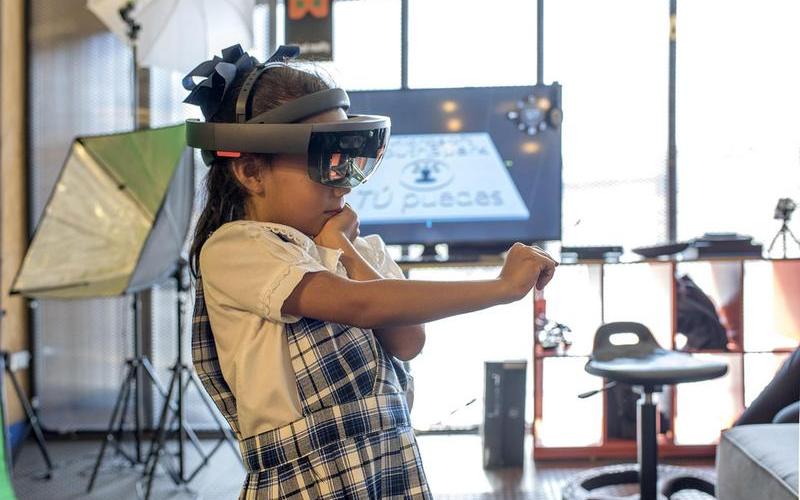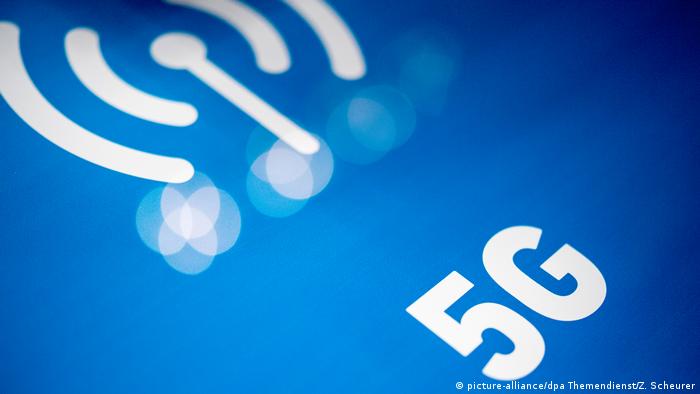
With 5G connectivity and big data analytics, these businesses can turn large volumes of data into actionable knowledge. Today, companies receive far more information from customers, suppliers, and teams than they can process and analyze for insights. Crowded stadiums and other venues have struggled to provide seamless connectivity to large audiences, but 5G could make it possible for sports fans to live stream their experience from any seat in the arena.įor businesses, the impact of increased bandwidth will echo across many departments and divisions in the form of big data.

The combination of increased speed and network capacity on 5G networks will create the potential for larger amounts of data to be transmitted than was possible with 4G LTE networks.ĥG networks are architected differently from traditional 4G networks, allowing greater optimization of network traffic and smooth handling of usage spikes.

From houses that give personalized energy-saving suggestions that maximize environmental impact to traffic lights that change their patterns based on traffic flow, 5G applications relying on added network capacity will impact nearly everyone. Using more connected devices than ever, AI will be taken to places it has never been before with edge computing. Smart homes and cities will also take a giant leap forward in the future of 5G. Imagine 5G use cases involving thousands of sensors on hundreds of different machines automating supply chain management processes, ensuring just-in-time delivery of materials while using predictive maintenance to minimize work stoppages. With capacity for hundreds or thousands of devices seamlessly communicating, new applications and use cases for cities, factories, farms, schools, and homes will flourish. 5G and IoT are a perfect match, set to redefine how wireless networks-and the internet as a whole-are used. Speed is exciting, but one of the questions on the minds of analysts and industry leaders is this: How will 5G help businesses scale their technology initiatives?ĥG will deliver up to 1,000x more capacity than 4G, 3 creating fertile ground for IoT development. The combination of high speed and minimal lag is perfect for virtual reality (VR) and augmented reality (AR) applications, which are likely to explode in popularity as connectivity improvements create a more seamless, immersive experience. While agriculture, manufacturing, and logistics will all benefit from lower latency, gamers also eagerly anticipate the 5G rollout. Human reaction speed will become the limiting factor for remote applications that use 5G and IoT-and many new applications will involve machine-to-machine communication that isn’t limited by how quickly humans can respond. 1ĥG latency will be faster than human visual processing, making it possible to control devices remotely in near-real time. New 5G networks will have even lower latency than 4G LTE, with the round-trip transmission of data taking less than five milliseconds.

One of the goals for each wireless generation has been to reduce latency. Latency measures how long a signal takes to go from its source to its receiver, and then back again.
NEW 5G TECHNOLOGY FULL
2 That time savings could mean being able to grab that new hit film before the flight attendant asks you to put your phone in airplane mode.Īfter carriers roll out full 5G features, consumers and businesses may begin to consider 5G networksa strong alternative for fast broadband connections.
NEW 5G TECHNOLOGY MOVIE
Transferring a high-resolution movie at peak download speeds will go from taking seven minutes to just six seconds.

5G speed enhancements will mean exciting possibilities for consumers. Predicted speeds of up to 10 Gbps represent up to a 100x increase compared to 4G. Each wireless network generation has reflected a significant increase in speed, and the benefits of 5G-the fifth generation of cellular network technology-will push far beyond 4G LTE.


 0 kommentar(er)
0 kommentar(er)
